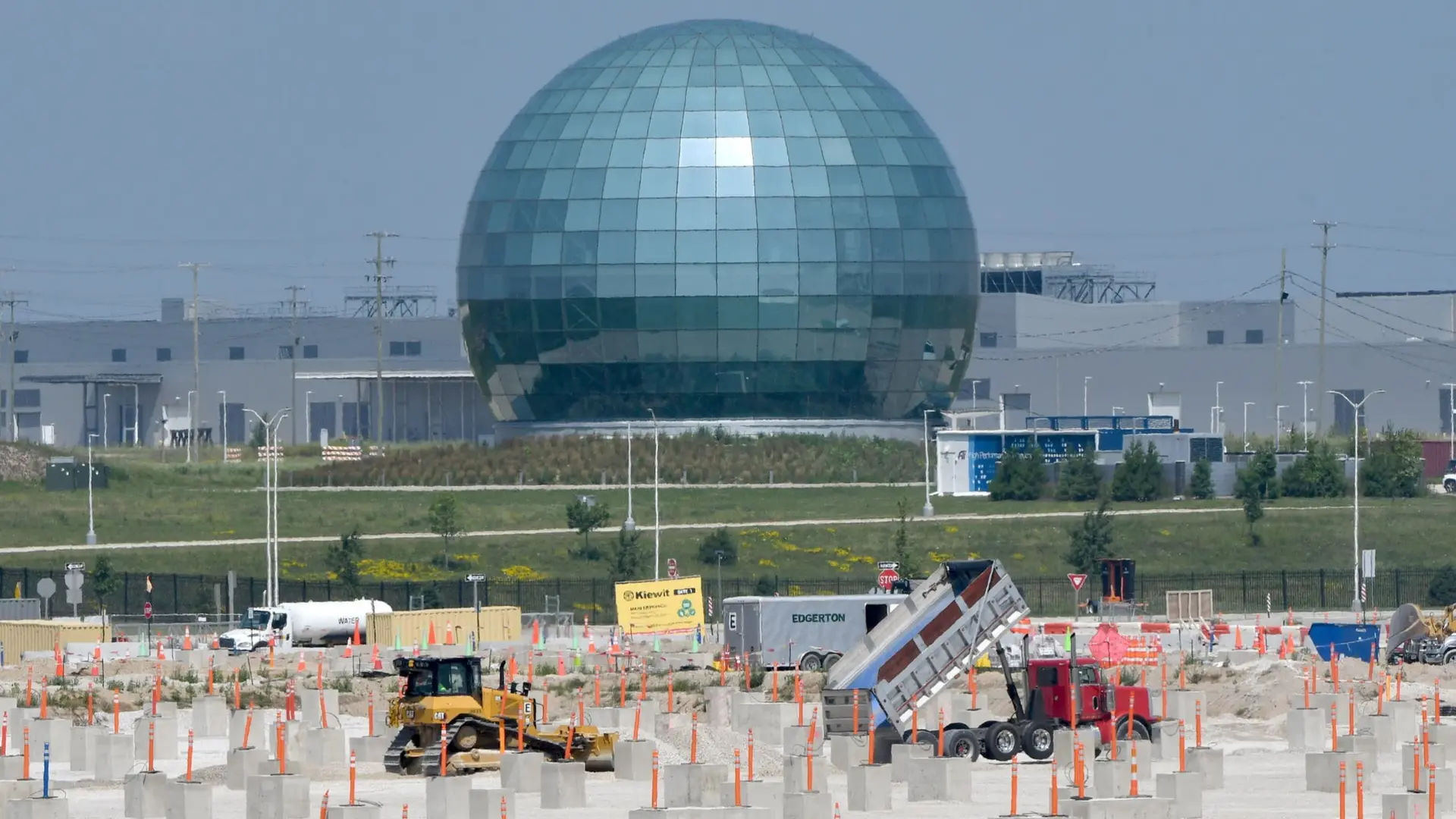Silicon Valley is making big investments in simulated environments for training AI agents, with startups creating reinforcement learning (RL) platforms. These environments simulate real-world software workflows, allowing agents to learn through trial and error. This approach contrasts with traditional methods relying on static datasets. Agents navigate virtual scenarios, like browser sessions, to perform tasks such as price comparisons or form completion. Success earns rewards, while mistakes are recorded, enabling continuous improvement.
The ambition is to develop general-purpose agents capable of navigating modern software and the open web. This requires environments with increased realism and comprehensive coverage of edge cases. Companies are building sandboxes to provide training grounds, with some focusing on specific, robust applications. Major AI labs like OpenAI, Anthropic, and Meta are also developing their own RL environments.
These simulated environments address the limitations of current AI agents when faced with complex, multi-step tasks. By learning in dynamic environments that mimic real-world conditions, AI models become more robust and adaptable. The RL environment development sector could reach $10 billion in annual revenue within five years.




